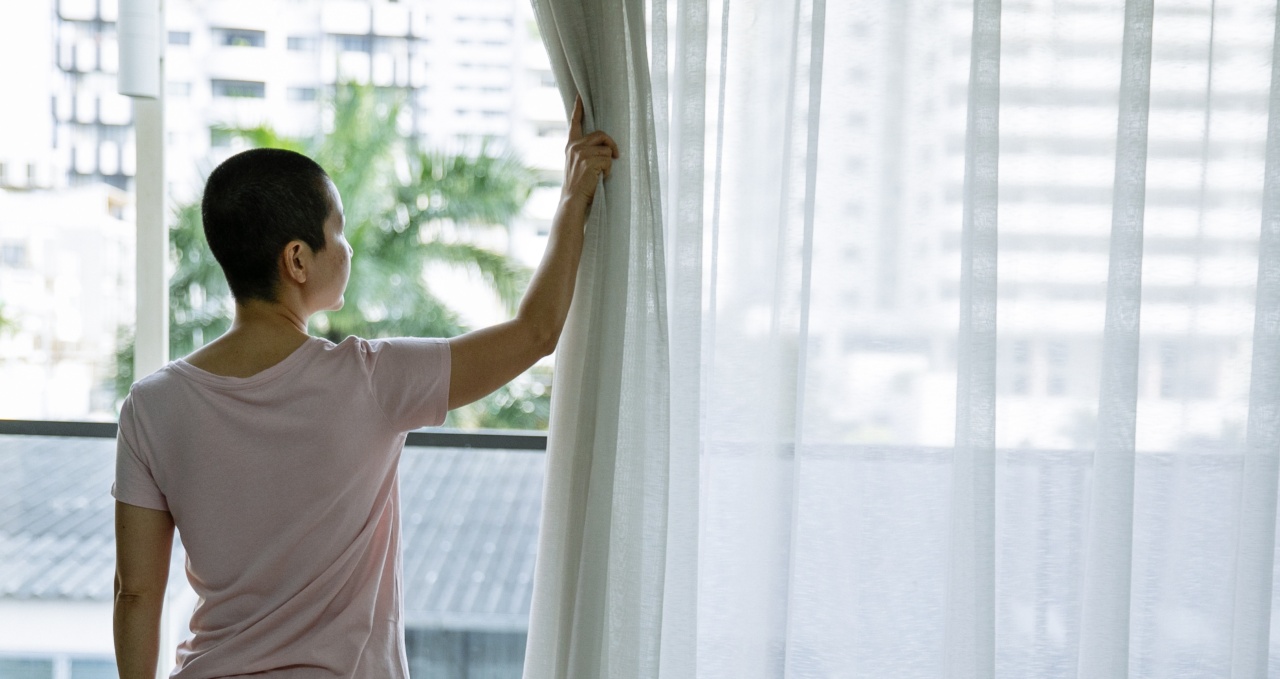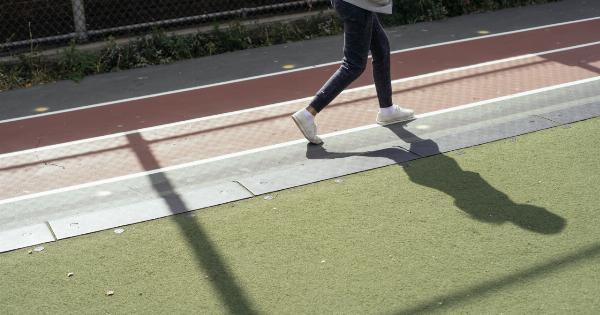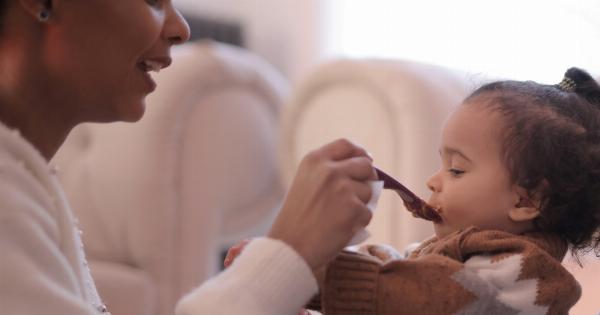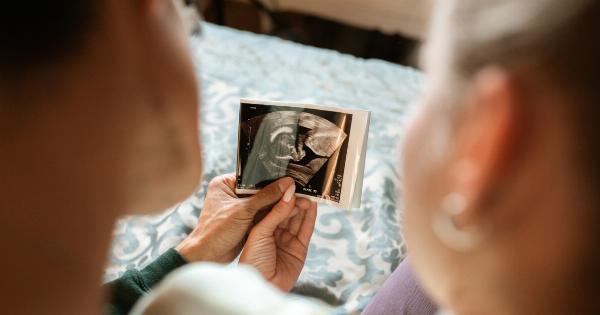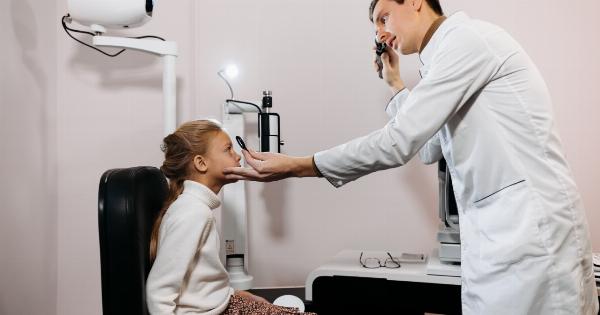Retinoblastoma is a rare type of cancer that primarily affects the eyes and occurs in children below the age of five years.
It is a malignant tumor that starts in the retina, the part of the eye that senses light and sends signals to the brain, allowing the brain to form images of what is seen. In this article, we will explore the symptoms and diagnosis of retinoblastoma to help you better understand this condition.
Symptoms of Retinoblastoma
In most cases, retinoblastoma is detected by a parent or caregiver who notices a change in their child’s eye. Some common symptoms of retinoblastoma include:.
- The white part of the eye (the pupil) appears white or pink in color rather than the normal red color.
- The pupil appears larger or smaller than usual.
- The pupil does not react to light in the usual way.
- In some cases, the child may complain of eye pain or blurred vision.
- Squinting or a crossed eye (strabismus) may also be present.
It’s important to note that these symptoms can also be caused by other eye conditions, and not all retinoblastomas cause symptoms.
Regular eye examinations by a pediatrician or an ophthalmologist can help detect a retinoblastoma before symptoms occur.
Diagnosis of Retinoblastoma
If a healthcare professional suspects that a child may have retinoblastoma, they will refer the child to an ophthalmologist or an eye specialist who will perform a complete eye examination. The examination will include:.
- An evaluation of the child’s medical history and symptoms.
- An examination of the eyes using a device called an ophthalmoscope which allows the doctor to view the back of the eye.
- An evaluation of the child’s vision using eye charts and other tests.
- An evaluation of the child’s general health, including a physical examination and possibly imaging studies such as a CT scan or MRI.
If a retinoblastoma is suspected, a biopsy of the tumor may be performed to confirm the diagnosis. The biopsy involves taking a small sample of the tumor for examination under a microscope.
Treatment of Retinoblastoma
The treatment of retinoblastoma will depend on the size and location of the tumor, as well as the child’s age and overall health. Treatment options may include:.
- Surgery to remove the tumor if it is small and has not spread beyond the retina.
- Chemotherapy, which involves using drugs to kill cancer cells, either before or after surgery.
- Radiation therapy, which involves using high-energy radiation to kill cancer cells.
- Cryotherapy, which involves freezing the tumor to kill cancer cells.
For some children with retinoblastoma, a combination of treatments may be used to achieve the best possible outcome. In some cases, the eye may need to be removed to prevent the cancer from spreading to other parts of the body.
Prognosis of Retinoblastoma
The prognosis for children with retinoblastoma depends on several factors, including the size and location of the tumor, whether it has spread to other parts of the body, and the child’s age and overall health.
Early detection and treatment can improve the prognosis for children with retinoblastoma.
While the majority of children with retinoblastoma are cured of the cancer, some children may experience long-term effects of treatment, such as vision problems or an increased risk of developing other types of cancer later in life.
Prevention of Retinoblastoma
As the cause of retinoblastoma is not known, there are no known ways to prevent the disease. However, early detection and treatment can improve the outcome.
Regular eye exams by a pediatrician or an ophthalmologist can help detect a retinoblastoma before symptoms occur. If a child is diagnosed with retinoblastoma, genetic testing may be recommended to identify any genetic mutations that may be present in the child or the family.
Conclusion
Retinoblastoma is a rare but serious type of cancer that primarily affects children below the age of five years. Early detection and treatment can improve the outcome for children with this condition.
If you notice any of the symptoms of retinoblastoma in your child, or if you have any concerns about your child’s vision or eye health, it’s important to seek medical attention right away.
